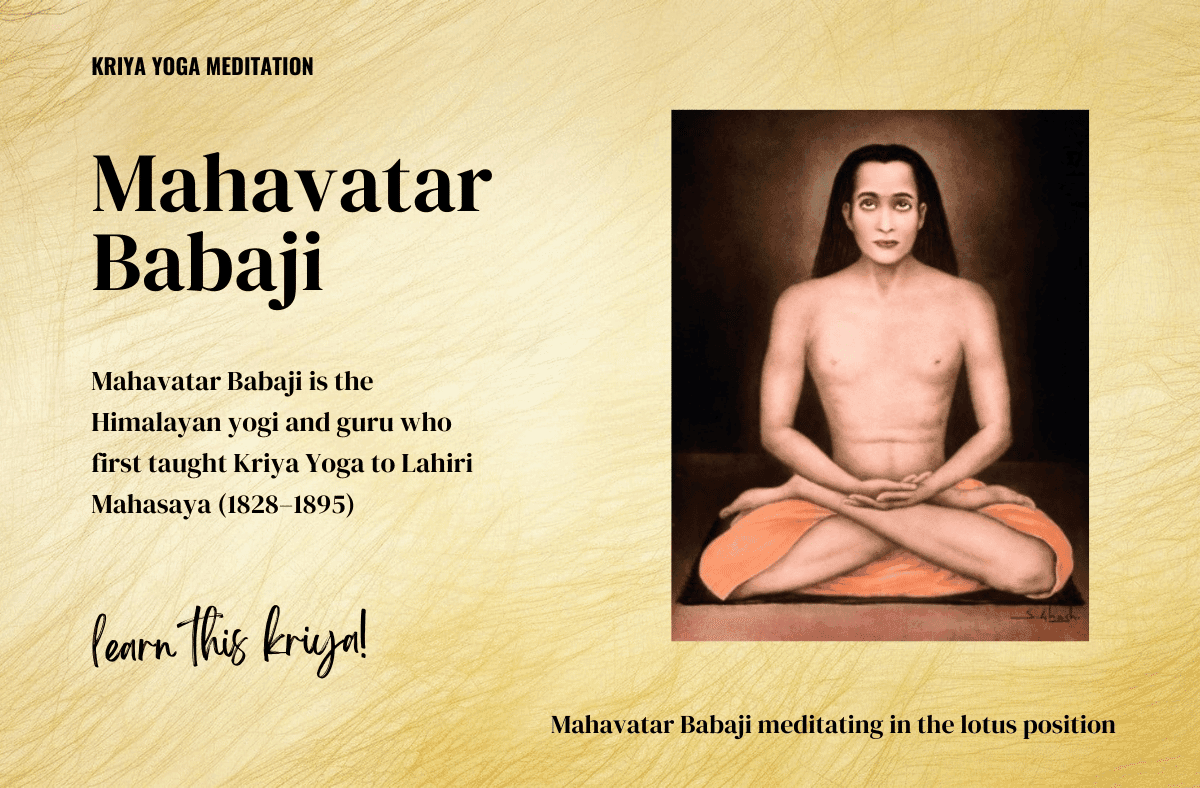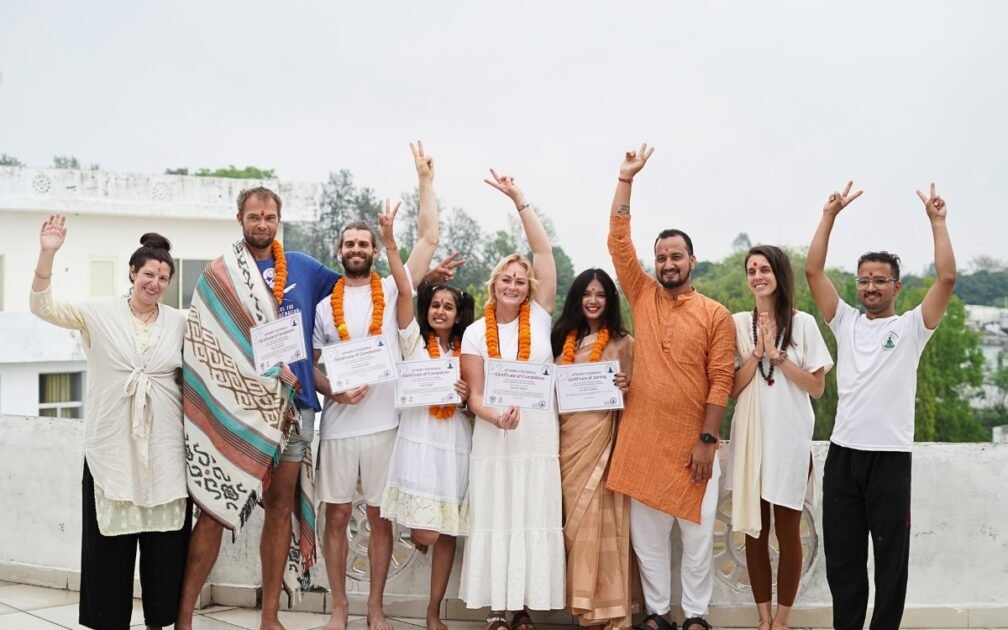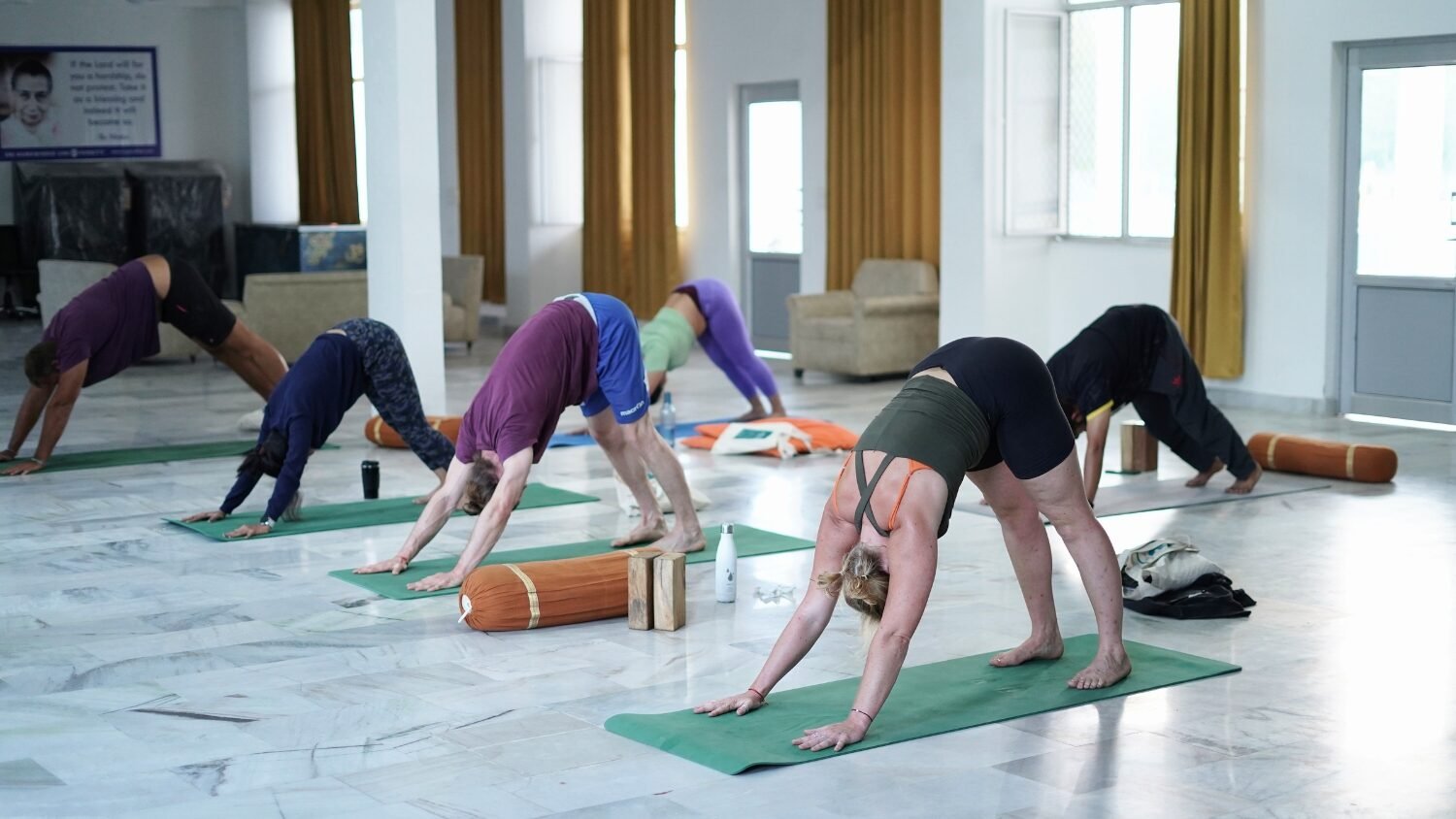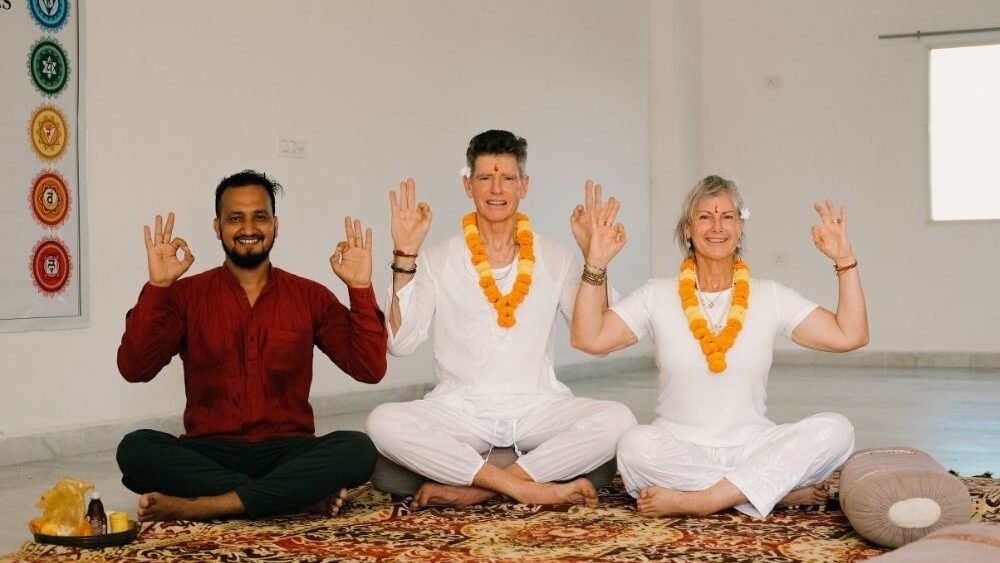
Kriya Yoga, a term that derives from the Sanskrit words “Kri” (action) and “Yoga” (union), refers to a spiritual practice aimed at achieving a deep union of the soul with the Divine through disciplined action. Rooted in ancient Indian yogic traditions, Kriya Yoga was popularized in the West by Paramahansa Yogananda, particularly through his seminal work Autobiography of a Yogi. At its core, Kriya Yoga emphasizes the cultivation of inner stillness and heightened spiritual awareness, offering a direct path to self-realization through a combination of meditation techniques, breathing exercises, and ethical discipline.
This spiritual practice is not just a series of techniques but a comprehensive system that aims at harmonizing the body, mind, and spirit. For many practitioners, Kriya Yoga is a life-transforming journey that deepens one’s relationship with the Divine, irrespective of religious or cultural background.
Historical Roots of Kriya Yoga
Though its current form is modernized and structured, Kriya Yoga is said to trace its roots to ancient India, dating back to the Vedic period. This spiritual tradition has been passed down through an unbroken line of gurus, including well-known figures such as Mahavatar Babaji, Lahiri Mahasaya, and Swami Sri Yukteswar. According to Yogananda, Kriya Yoga represents the esoteric essence of all true religions.
Yogananda introduced Kriya Yoga to the West in the early 20th century after being sent by his teacher, Swami Sri Yukteswar, with a mission to blend Eastern spirituality with Western rationalism. Kriya Yoga was first taught publicly by Lahiri Mahasaya, who was instructed by Mahavatar Babaji, a legendary figure believed to be an eternal yogi who continues to guide humanity. Lahiri Mahasaya is considered the first in this lineage to bring the once-hidden Kriya techniques into broader public awareness, instructing householders and spiritual aspirants alike.
The practice was further systematized and clarified by Sri Yukteswar, and Yogananda took it upon himself to make Kriya Yoga accessible to the modern world. In his teachings, he emphasized the universality of this spiritual path, describing it as a scientific approach to God-realization. Yogananda’s dissemination of Kriya Yoga sparked a significant spiritual movement, and his Self-Realization Fellowship continues to promote the practice worldwide.
The Philosophy of Kriya Yoga
At its heart, Kriya Yoga is grounded in the philosophy that life’s ultimate purpose is the realization of the Self, or union with the Divine. This state of union is often described as samadhi, the experience of pure consciousness in which the individual ego merges with universal awareness.
The philosophy of Kriya Yoga is based on the understanding that human beings are caught in a cycle of birth and death, a process governed by karma, or the law of cause and effect. Every action, thought, and emotion generates energy that contributes to this karmic cycle, binding the soul to the material world. Through Kriya Yoga, the practitioner seeks to burn away past karma and cease the generation of new karma, thereby achieving liberation from the cycle of reincarnation.
Kriya Yoga posits that the breath and the mind are intimately connected. By controlling the breath, one can control the mind and its restless fluctuations. This aligns with the classical yogic teaching found in Patanjali’s Yoga Sutras, which declares that yoga is the cessation of the mind’s modifications (chitta vritti nirodha). Kriya Yoga thus offers a practical approach to quieting the mind, opening the door to deeper states of meditation and spiritual insight.
The Techniques of Kriya Yoga
Kriya Yoga is a comprehensive system that integrates various practices aimed at awakening higher states of consciousness. It includes techniques that work with the breath (pranayama), the mind (meditation), and the body (asana and mudra). The exact techniques of Kriya Yoga are traditionally imparted by a qualified teacher through initiation, ensuring that the student receives proper guidance and support on their spiritual journey.
1- Kriya Pranayama
Pranayama, or the regulation of breath, is central to Kriya Yoga. The primary technique, often referred to as Kriya Pranayama, involves conscious control of the breath to harmonize the flow of energy in the body. This technique is said to activate the dormant spiritual energy within the practitioner, often referred to as kundalini.
By focusing on the breath and internalizing attention along the spine, the practitioner is able to draw life force energy (prana) upward through the subtle energy channels of the spine. The breath is slowed down in a measured and rhythmic manner, and attention is focused on the chakras, or energy centers, located along the spine. This process helps to purify the nervous system, quiet the mind, and awaken latent spiritual faculties.
2- Meditation
In addition to breath control, Kriya Yoga incorporates various meditation techniques designed to focus and still the mind. The ultimate goal of these practices is to transcend the ordinary mental chatter and experience higher states of consciousness, leading eventually to samadhi.
The practice begins with concentration exercises to calm the mind and reduce sensory distractions. A common method involves focusing on the third eye (the point between the eyebrows), which is believed to be a gateway to higher consciousness. Through sustained concentration and meditation, the practitioner experiences progressively deeper states of stillness and awareness.
The meditation techniques of Kriya Yoga often involve focusing on inner light and sound, as these are seen as direct manifestations of the Divine within the practitioner. By merging their consciousness with these divine manifestations, the yogi experiences a sense of unity with the cosmic source of all creation.
3- Chakra Awareness
A key component of Kriya Yoga involves focusing on the chakras, the energy centers located along the spine. These centers are believed to govern various aspects of physical, emotional, and spiritual well-being. The seven primary chakras, beginning at the base of the spine and extending to the crown of the head, are considered vital points of energy in the body.
By focusing on each chakra during meditation, the practitioner seeks to activate and purify these centers, allowing energy to flow freely. This process not only facilitates spiritual awakening but also helps to bring about balance and healing in the body and mind.
4- Mudras and Bandhas
Mudras (spiritual gestures) and bandhas (energy locks) are sometimes incorporated into Kriya Yoga to assist in the control and redirection of energy within the body. These physical techniques are designed to help the practitioner maintain stillness during meditation and direct life force energy more efficiently along the spine. They are subtle yet powerful tools for enhancing the effectiveness of Kriya Pranayama and meditation.
The Benefits of Kriya Yoga
The practice of Kriya Yoga is said to offer a wide array of benefits, not only at the spiritual level but also in terms of mental and physical well-being. These benefits can be grouped into three broad categories:
1- Spiritual Benefits
The primary aim of Kriya Yoga is spiritual awakening. The practice helps to purify the mind and body, allowing the practitioner to experience higher states of consciousness. Over time, Kriya Yoga leads to the dissolution of the ego and a deep sense of unity with the Divine.
Many practitioners report profound experiences of inner peace, joy, and spiritual insight as a result of their Kriya practice. As one progresses on the path, there is a deepening of one’s relationship with God or the higher Self, culminating in the experience of samadhi, or divine union.
2- Mental and Emotional Benefits
Kriya Yoga has been found to have a calming and stabilizing effect on the mind. By regulating the breath and focusing inward, the practitioner is able to reduce stress, anxiety, and emotional turmoil. The mind becomes more centered, and the practitioner is better able to navigate life’s challenges with equanimity.
Practitioners of Kriya Yoga also report an increased ability to focus and concentrate, as well as a reduction in mental distractions. This heightened mental clarity and emotional resilience have a positive impact on all areas of life, from personal relationships to professional endeavors.
3- Physical Benefits
While Kriya Yoga is primarily a spiritual practice, it also has significant benefits for physical health. The breathing exercises involved in Kriya Pranayama help to oxygenate the blood, improve circulation, and strengthen the respiratory system. The activation of energy through the chakras and spine also supports the health of the nervous system, promoting overall vitality and longevity.
Additionally, Kriya Yoga helps to release accumulated tension in the body, fostering greater physical relaxation and well-being. It is not uncommon for practitioners to report improvements in physical ailments or increased energy levels as a result of their practice.
Conclusion
Kriya Yoga offers a profound spiritual path for those seeking to transcend the limitations of the ego and realize their divine nature. With its blend of breath control, meditation, and ethical discipline, Kriya Yoga provides a holistic approach to spiritual growth that is accessible to people from all walks of life.
At its core, Kriya Yoga is about more than just mastering techniques; it is about cultivating a deep relationship with the Divine and living a life grounded in spiritual awareness. Through consistent practice, the Kriya yogi can overcome the illusions of the material world and experience the ultimate truth of unity with all of creation. This timeless path, preserved through generations of enlightened masters, continues to guide spiritual seekers toward the highest realization of human potential.












Leave a comment: